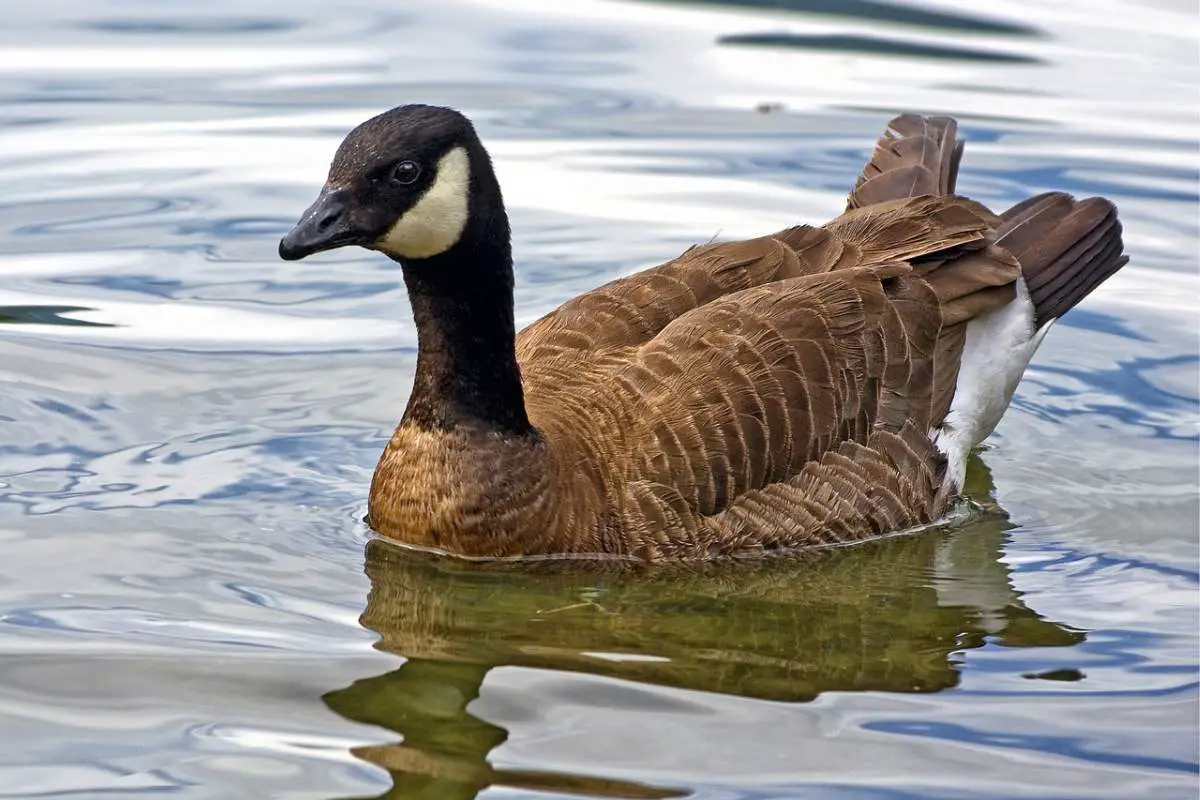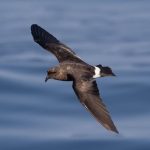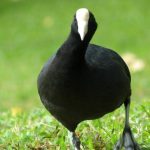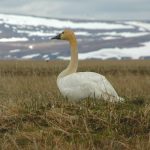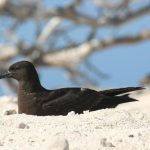Common Name: Cackling goose
Scientific Name: Branta hutchinsii| Size | Diet | Range in Hawaii | Status in Hawaii |
|---|---|---|---|
| 22 in. - 30 in. | eelgrass, seaweed, and other aquatic plants | Kauai, Oahu, Maui, Molokai, and the Big Island | Least Concern |
The Cackling Goose (Branta hutchinsii) is a small goose that is native to North America. It is a member of the Branta genus of geese, which includes a number of other species of geese such as the Canada Goose and the Brent Goose.
They are migratory birds and may travel long distances between their breeding and wintering grounds. In Hawaii, cackling geese are considered rare visitors and have been observed on several of the islands, including the Big Island.
Cackling goose
Appearance
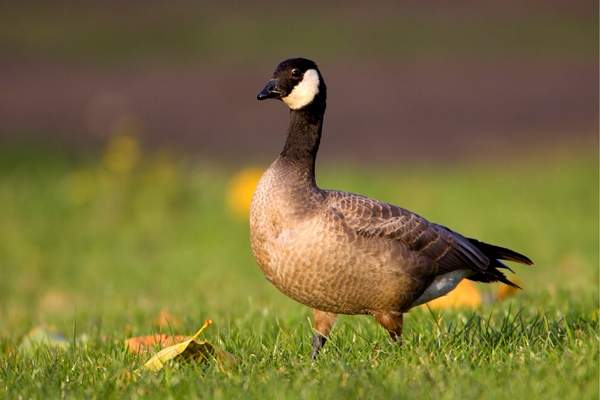
Cackling Geese are small to medium-sized geese that are similar in appearance to Canada Geese, but they are smaller in size and have a shorter neck and bill. They have a black head, neck, and upper breast, with white cheek patches and a white chin strap.
The rest of the body is gray-brown, with a lighter-colored underside. The wings are dark with a white patch on the shoulder. The bill is short and dark, and the legs and feet are orange.
Adult Cackling Geese range in size from 22 to 30 inches in length and weigh between 2 and 4 pounds. Juvenile Cackling Geese are similar in appearance to adults, but they are slightly smaller and have a brownish-gray head and neck.
Diet
Cackling Goose are omnivorous and feed on a wide range of plants and animals, including seeds, grains, grasses, and insects.
Behavior
Cackling Geese are social birds and are often found in large flocks. They are also a migratory birds. The male and female share nest-building and incubation duties, and both parents care for the young.
They forage for food on land and in shallow water, and they are known to uproot and pull up plants in search of roots and tubers. In flight, Cackling Geese form a distinctive “V” formation, with the lead bird setting the pace and the others following in a line behind.
Nesting
During the breeding season, Cackling Geese form pairs and establish a territory, which they defend against intruders. The male and female share nest-building and incubation duties. The nest is a shallow depression in the ground lined with grasses, moss, and feathers.
The female lays a clutch of 3 to 7 eggs, which are incubated for about 25 to 30 days. Both parents help to incubate the eggs and care for the young. The goslings are born covered in down and are able to leave the nest within a day or two of hatching.
They are able to swim and feed on their own within a few weeks, and they fledge (gain their adult feathers and become capable of flight) at about 8 to 10 weeks of age.
Habitat
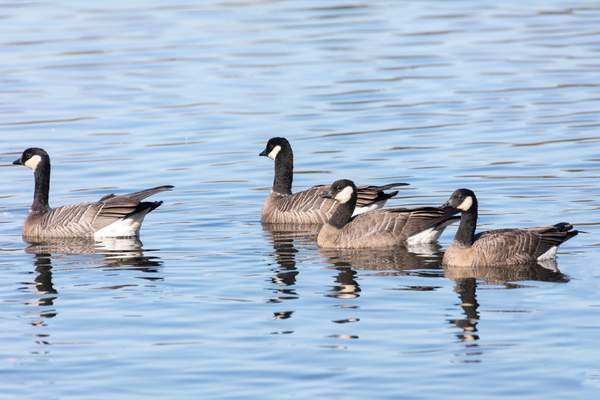
Cackling Geese are migratory birds and can be found in a variety of habitats including tundra, wetlands, and grasslands.
Range
Cackling Geese are not native to Hawaii, but they have been introduced to the islands and can now be found there. They can be found on Kauai, Oahu, Maui, Molokai, and the Big Island, and they are most commonly found in wetland and agricultural areas.
Conservation Status
In Hawaii, the Cackling Goose population is believed to be relatively small, and the species is not native to the islands. As an introduced species, Cackling Geese in Hawaii may pose a threat to native habitats and species, particularly if their population were to grow significantly.
In order to minimize this potential impact, Cackling Geese are classified as an invasive species in Hawaii and are subject to certain management measures. These measures may include population control efforts such as hunting, habitat restoration and management, and public education and outreach. Overall, the conservation status of Cackling Geese in Hawaii is considered to be of least concern.
Interesting Facts
1. Introduced in Hawaii as a game bird
Cackling Geese were introduced to Hawaii in the 1960s as a game bird, and they have since become established on several of the islands.
2. They raise two broods per year
Cackling Geese often raise two broods per year, and the goslings fledge (gain their adult feathers and become capable of flight) at about 8 to 10 weeks of age.
3. Four subspecies of cackling goose
There are four subspecies of cackling goose: Richardson’s Cackling Goose, Lesser Cackling Goose, Aleutian Cackling Goose and Taverner’s Cackling Goose.
Frequently Asked Questions
1. Are cackling geese rare?
No, Cackling Geese are not considered to be rare. They are not as common as some other species of geese, but they are not considered to be rare or endangered.
2. How long do cackling geese live?
On average, Cackling Geese are thought to live for about 5 to 10 years in the wild, although some individuals may live longer. In captivity, Cackling Geese may have a slightly longer lifespan, with some individuals living for 15 to 20 years or more.
3. Are cackling geese overabundant?
The population of cackling geese varies widely depending on the subspecies and location. Some subspecies have relatively stable populations and are not considered to be of conservation concern.
